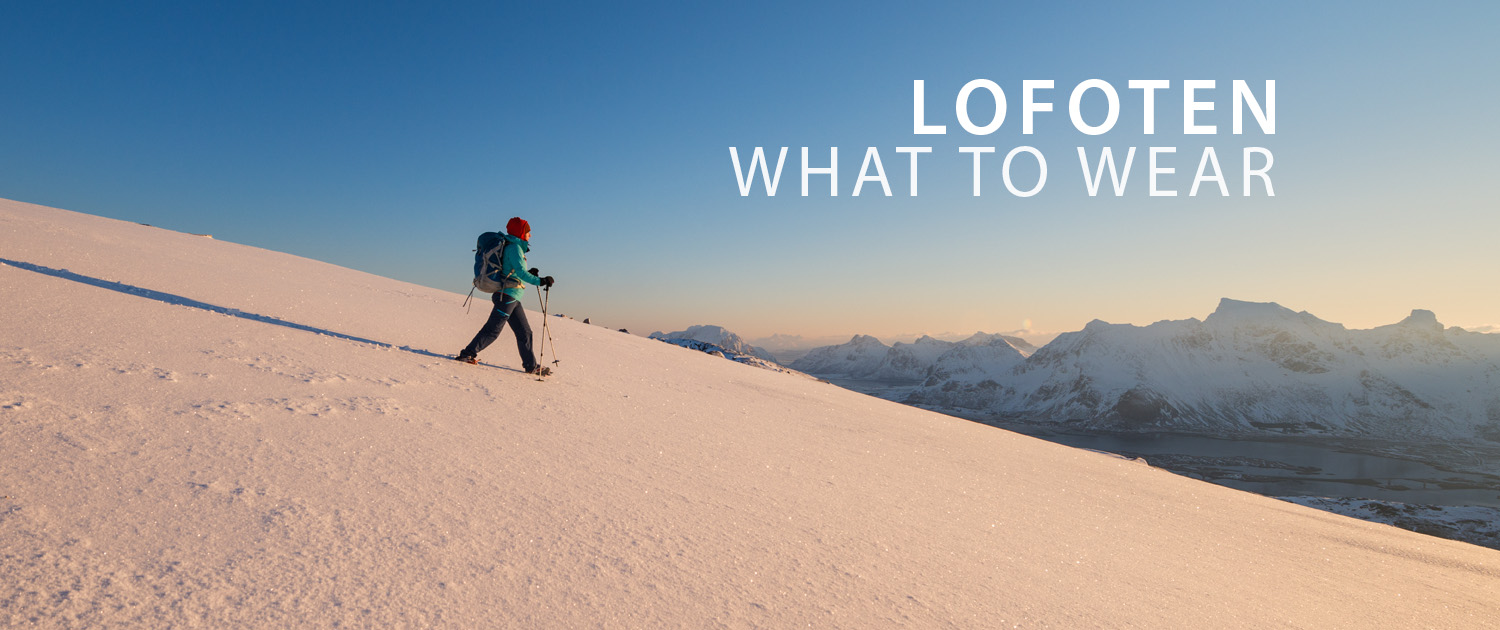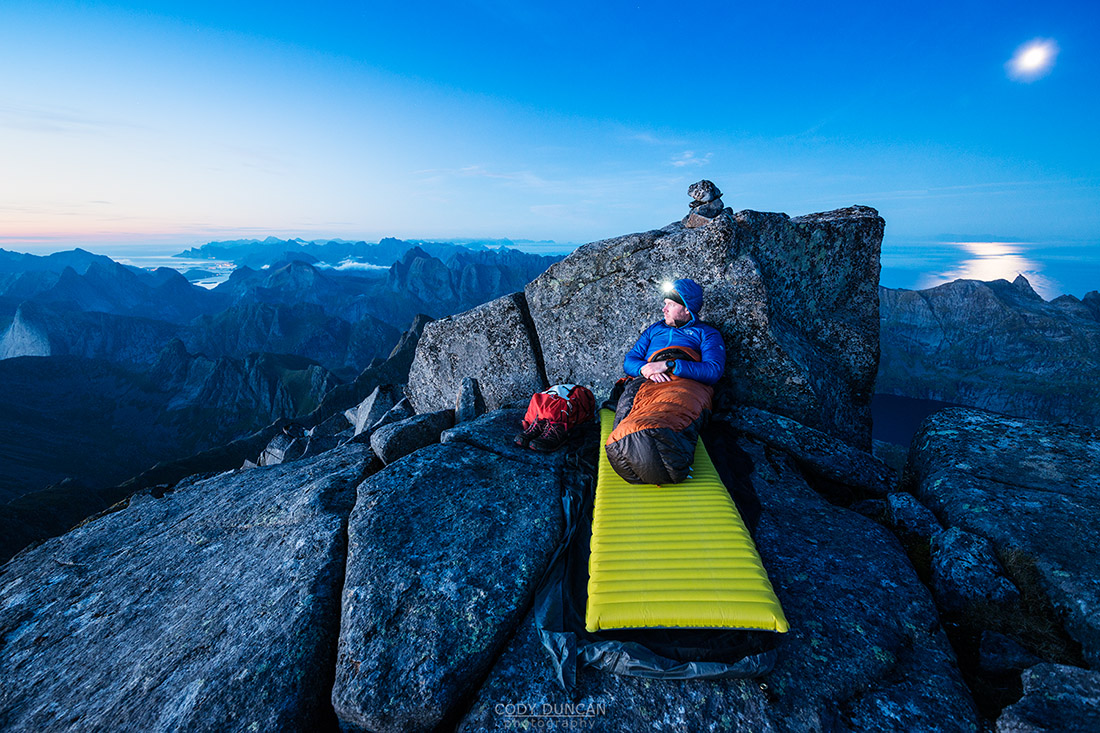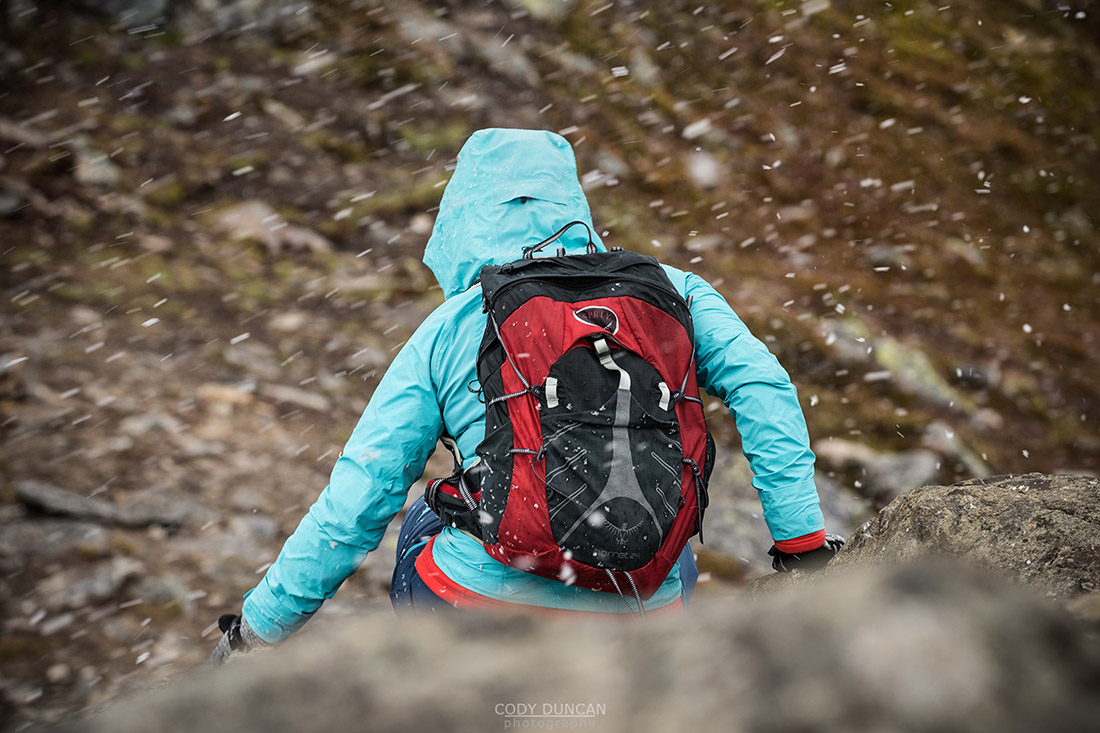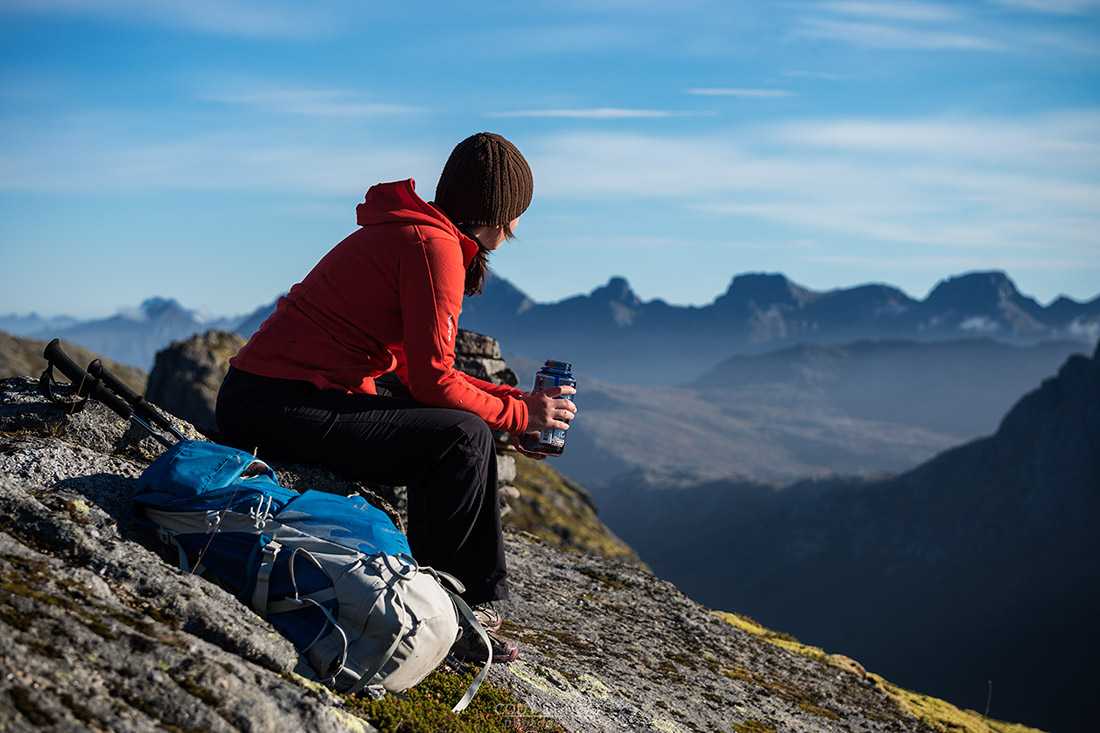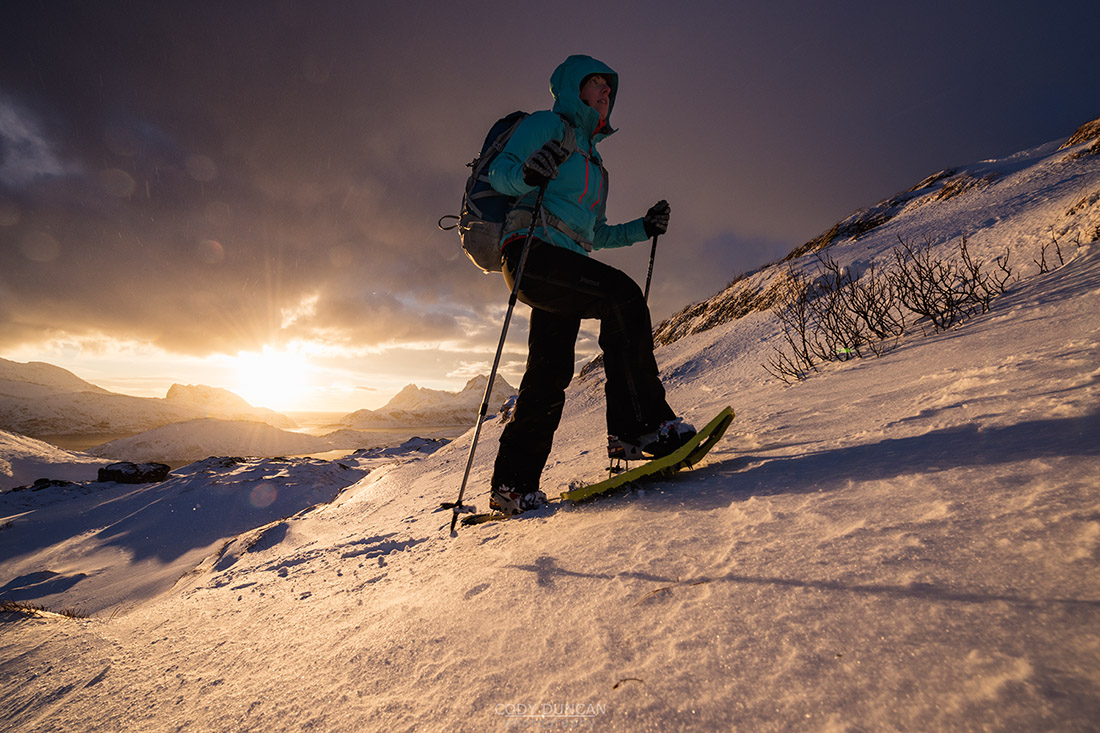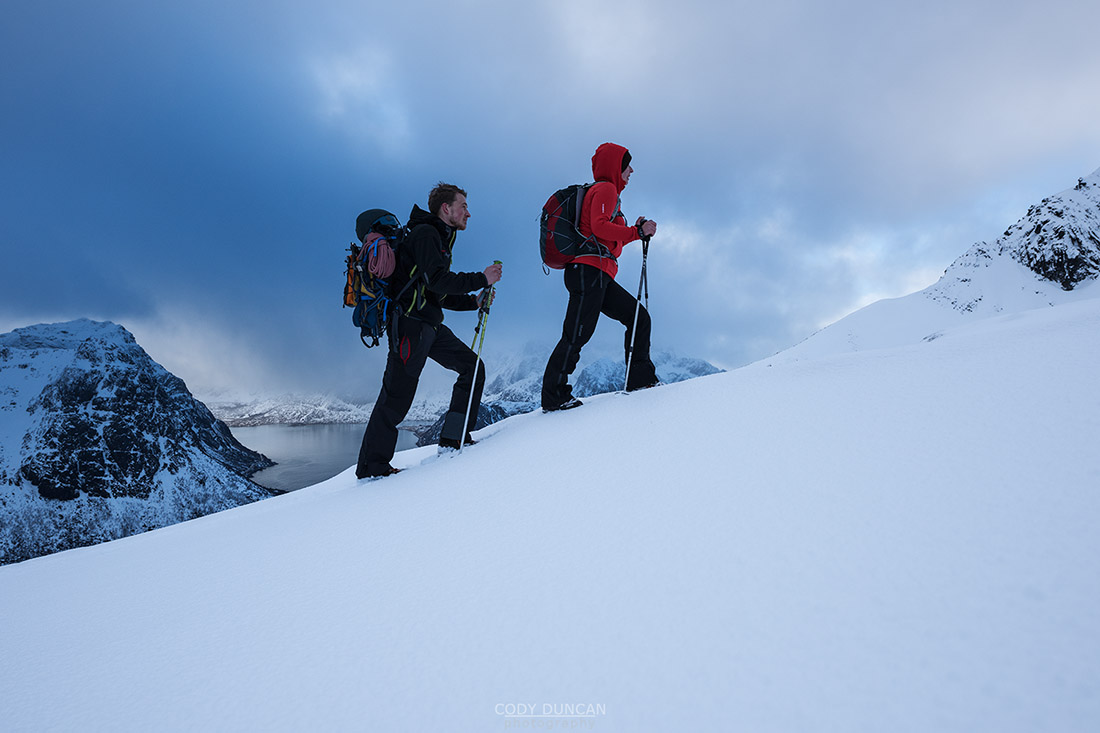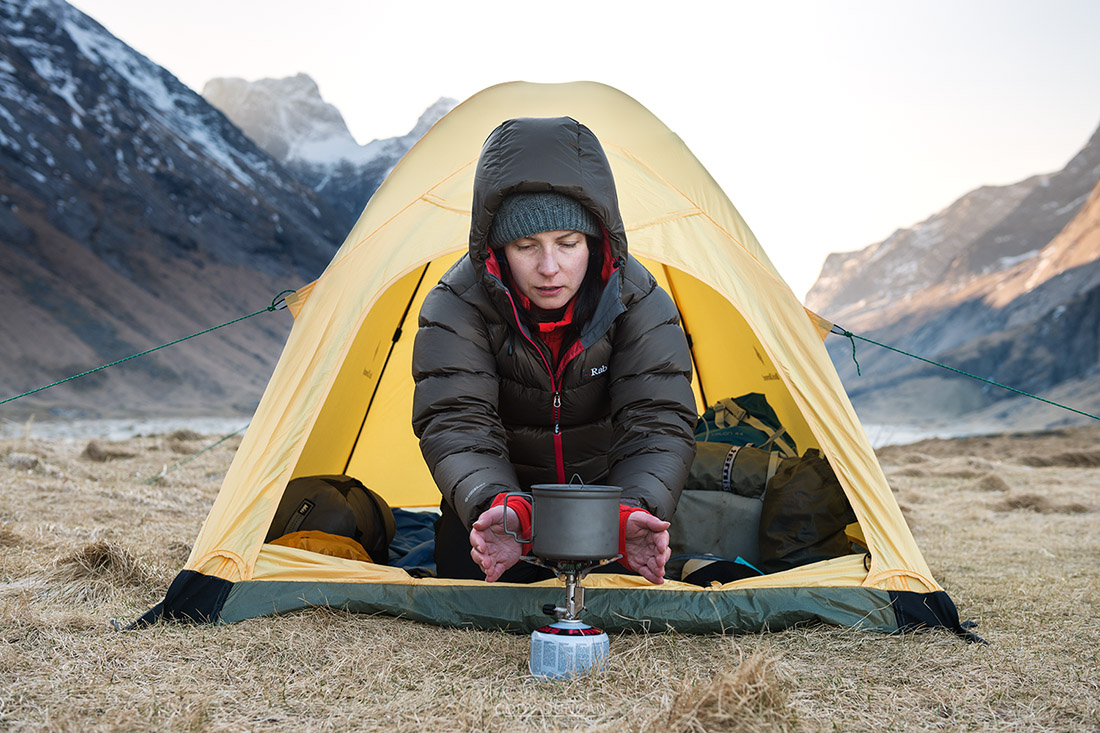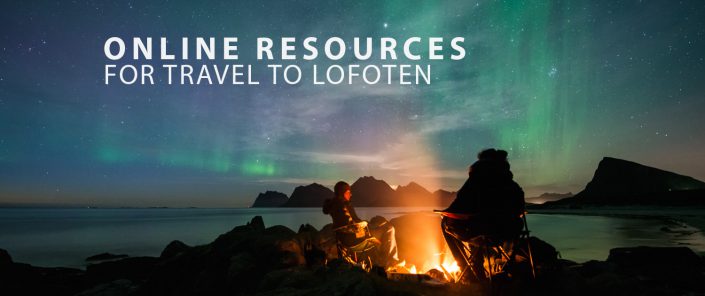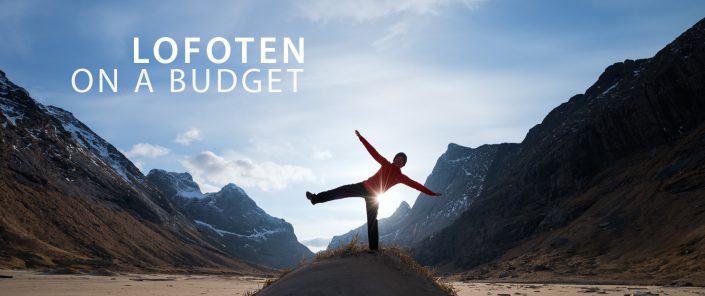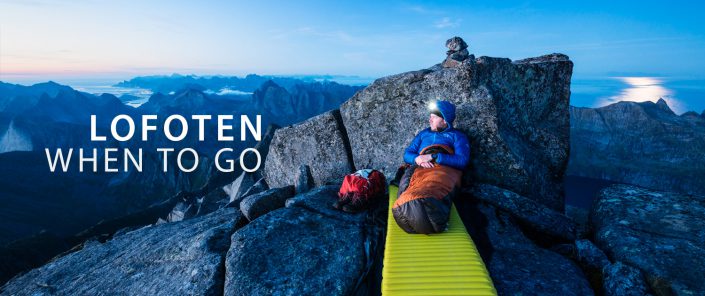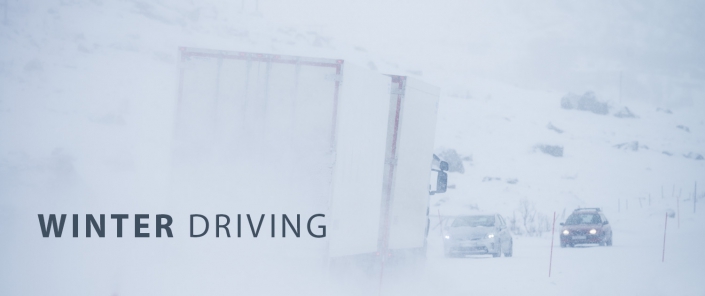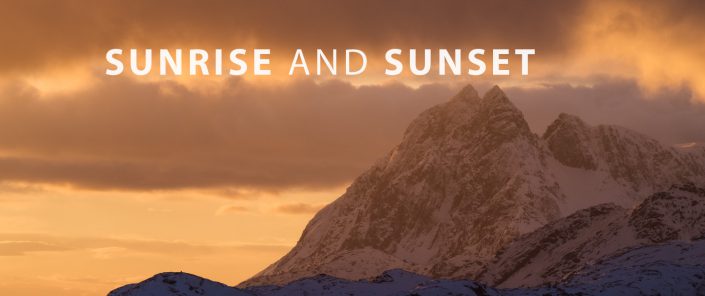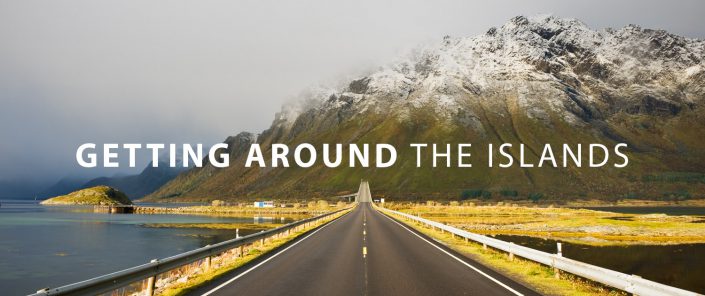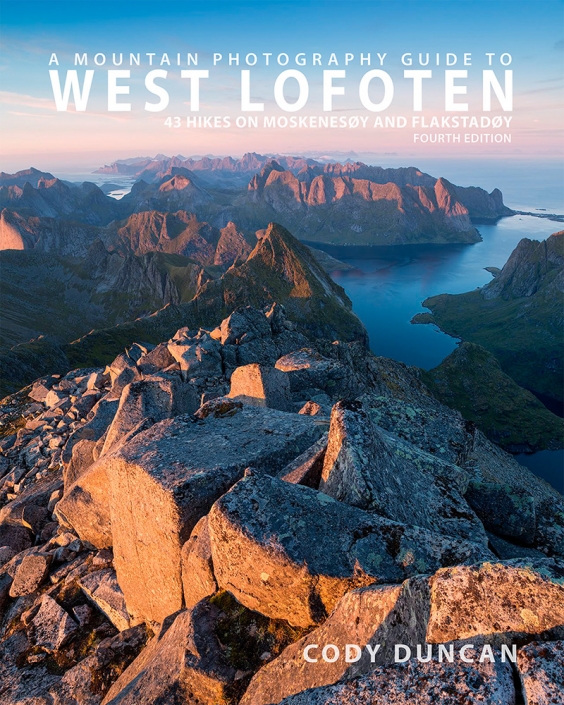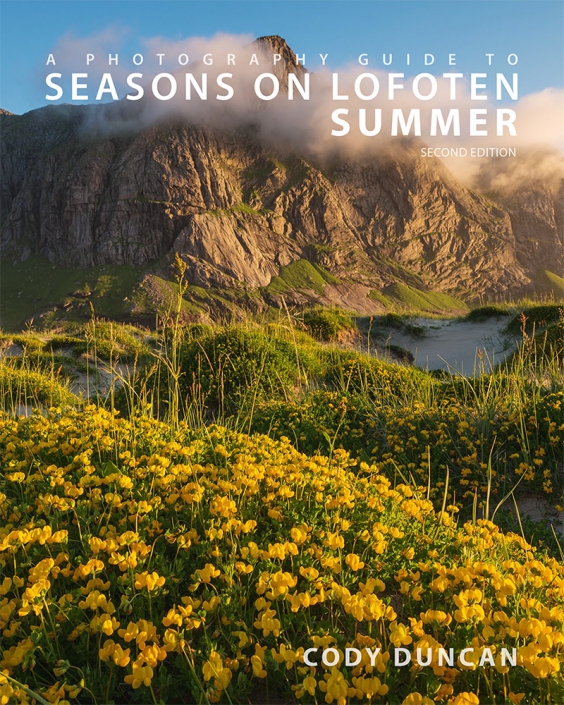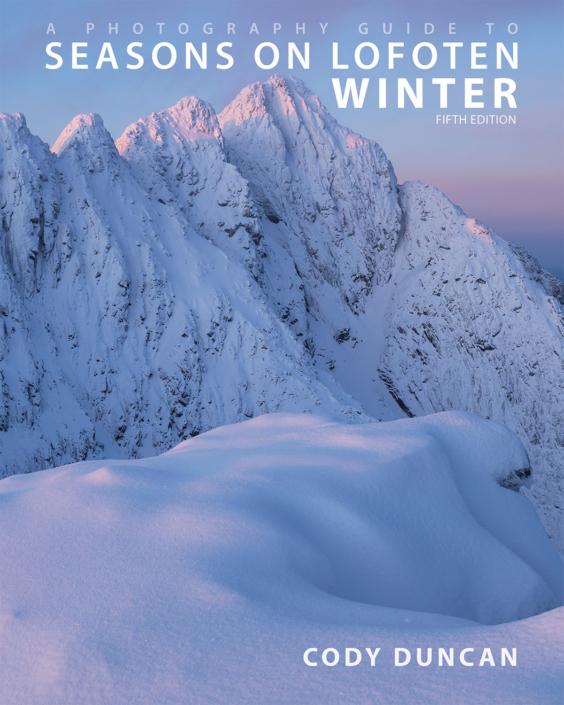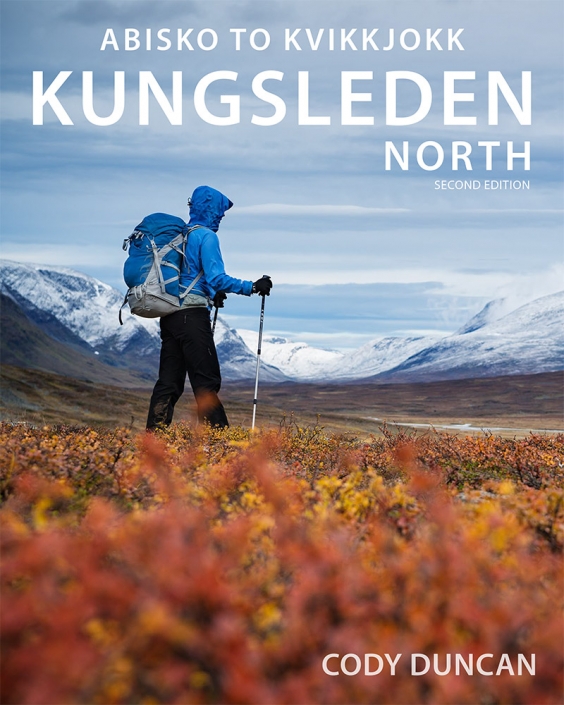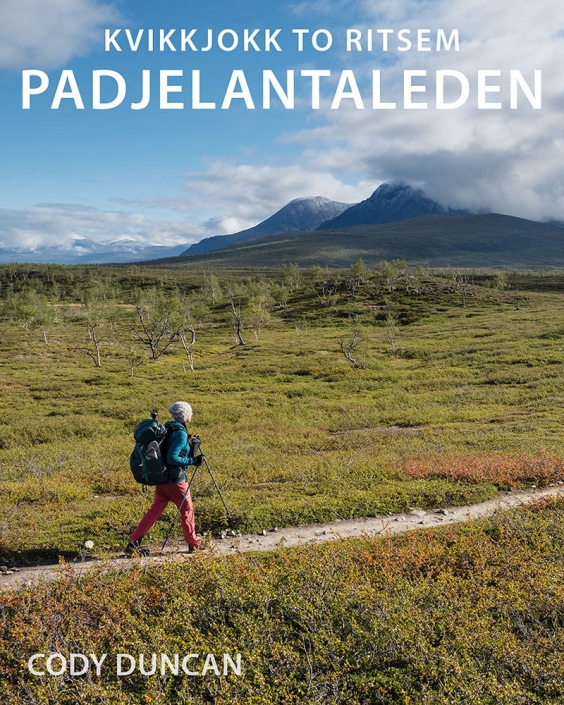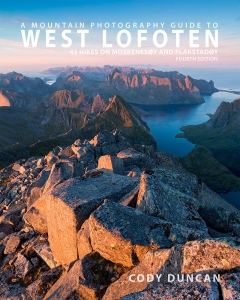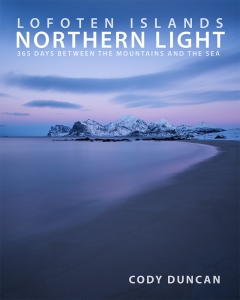WHAT TO WEAR
How To Dress For Outdoor Lofoten
The following is a basic guideline for the clothing you’ll want to have with you when visiting the Lofoten Islands. The article is written from my point of view: A photographer with a high activity level who spends much of his time on the Islands out in the elements. Thus, my preference is for light, functional, and durable clothing; my camera gear is already heavy enough when heading up mountains, no need to be weighed down by clothing as well. If you’re only spending a few days driving around in summer then jeans and tennis shoes will suffice. If you’re a photographer than just wants to take some roadside photos in winter, then a heavy winter coat will keep you warm, no need for expensive and technical outdoor gear.
Lofoten’s typically cool and wet summers mean you’ll need to be both waterproof and insulated when heading to the Islands, especially if planning on hiking and camping. While it does get windy at times, windchill isn’t too much of a factor unless your high up on a mountain peak waiting for the midnight sun. Your main focus will be on keeping dry while hiking or photographing in the rain. Even in the height of summer I have seen unprepared hikers returning soaking wet and near hypothermic after an afternoon out, looks of misery on their faces as they try and get dry and warm again.
Summer temperatures average around 12-18˚C. Several days above this and you are lucky, several days below and you are unlucky. Expect June to typically be a bit cooler than July and August, but the temperature can be 5˚ C or 20˚C on any day of any month. No way to know in advance unfortunately.
Unlike many other winter destinations, Lofoten requires you to be both insulated and waterproof. Although how waterproof you need to be depends on how much time you want to spend outdoors and what conditions you are willing to shoot in. If you’re not fond of shooting in the rain, then you can probably get away without a shell jacket – though it will add a layer of wind protection.
For Lofoten in winter, -20˚C is a good temperature to be prepared for. This is not for the effects of the general air temperature, which unless you arrive during a particularly cold week, average between -5 to +5˚C, but for an added buffer to accommodate for windchill, which can drop the temperature 10˚C or more quite easily. The windchill on Lofoten has an uncanny ability to suck the heat out of you, especially if standing around in the dark on snowy beaches.
Clothing For Summer
Upper Base Layer: I recommend synthetic shirts, but anything will work really. I typically only wear short sleeve shirts.
Upper Mid Layer: I like a light-mid weight fleece, with a hood and preferably some wind blocking abilities. I almost never take this off while I’m on the Islands. I generally don’t like hiking in the rain, so when I’m on the move this is often the only thing I have on over my shirt – until I get too warm.
Upper Shell Layer: I suggest a proper waterproof jacket, with hood. No insulation, just water and windproof. If I’m stuck hiking in the rain, I will usually switch my fleece for this. Otherwise, it usually stays in my backpack for most of the trip.
Upper Insulation Layer: A light-mid weight insulated down/synthetic jacket. Like my shell jacket, this mostly stays in the backpack, only to come out while sitting around camp or out shooting on cooler evenings.
Head: A beanie is not necessary, but useful. I get cold ears, so I’ll typically wear one when outside on windy evenings.
Hands: Gloves typically aren’t necessary in summer, but a pair of light fleece ones can be useful to carry just in case.
Soft-shell Pants: For my daily wearing I typically have a lightweight soft-shell pant. Anything too thick and I’ll generally get too warm while hiking. While not waterproof, they are quick drying should I be lazy and not put on rain pants.
Rain Shell Pants: Doesn’t need to be anything fancy, just waterproof. I like pants that have legs zips of some sort, so I can vent heat and keep from sweating while hiking in the mountains. I use a dedicated pair of rain pants, but something that just pulls over your other pants is also fine.
Socks: Any wool/synthetic light/mid weight hiking type sock.
Footwear: At a minimum, a good trail runner shoe. I prefer something with goretex or other waterproof lining as the grasses are almost constantly wet, so this helps keep out the gentle seepage of wetness into your shoe. If you have 1 km of bog to go through, then you’re out of luck on keeping your feet dry with these.
For others, a standard hiking boot might be more comfortable. Just make sure they have good grip for the slippery and muddy terrain of the Islands.
Sunblock: If you’re lucky enough to experience a prolonged period of fine weather, then the tree-less nature of Lofoten means there is little escape from the sun. The words arctic circle and sunburn aren’t often found together, but trust me, it happens!
Clothing for Winter
Upper Base Layer: I recommend synthetic shirts, but anything will work really. I typically only wear short sleeve shirts and let the other layers do the insulating..
Upper Mid Layer: I like a mid weight fleece, with a hood and preferably some wind blocking abilities. I almost never take this off while I’m on the Islands. If I’m hiking around in moderate conditions this might be the only layer I have on while I’m moving. My current fleece keeps me comfortable down to about -5˚C as long as I’m moving and the wind isn’t too strong.
Upper Shell Layer: I suggest a proper waterproof jacket, with hood. It doesn’t need to be insulated, just water- and windproof. I wear this over the fleece if it’s cold and I’m doing a bit of hiking, or if it gets really windy. If I’m just standing around on a beach, it usually stays in the car/bag. You can get away with using a windproof soft-shell, which will insulate a bit more, but if it does rain, you might get a little soggy.
Upper Insulation Layer: A sufficiently insulated down/synthetic jacket, preferably with hood, but not totally necessary. I typically always have this on while outside. I have used the lighter down jackets, but find I tend to get a bit chilly if I stop moving, so prefer something a bit warmer.
Head: A beanie is a must. Preferably something fleece lined with a bit of windproof-ness (I get cold ears!). I would also recommend a light balaclava or something else to cover a bit of your face/neck if it gets windy.
Hands: Gloves are also a must. I would recommend 2 pairs: a lightweight fleece pair, if it is just a little cold but which allow you to fully work with your camera. And a heavier, ski type glove should the conditions turn towards the worst. Those mittens that you can fold back, to free your fingers can also be handy to make a quick few camera adjustments.
For my legs I typically like to use a soft-shell and long underwear combination on days that are cold and fairly settled. If I think there might be a chance of rain or the day is particularly windy, I’ll go with a pair of hardshell (ski type) pants for a bit more protection. I will typically carry one pair of each.
Lower Hardshell Layer: Doesn’t need to be anything fancy, but I like something that is a bit more ‘normal’ looking that I can just wear on a day-to-day basis. I also like pants that have legs zips of some sort, so I can vent heat and keep from sweating while hiking mountains. Alternatively, a set of pull-over rain pants can be a cheaper solution than dedicated winter hard-shells.
Lower Soft-shell Layer: A bit more comfortable than hard-shells, but still with good wind protection. Not typically waterproof though, so no good if it rains. I usually wear a mid/heavy weight version for a bit of extra warmth.
Long Underwear: I almost always have a set of light/mid weight long underwear on while outside. This helps to separate the wind-chilled pants from your legs, while providing a bit more insulation. If you generally live in a warm climate, I would suggest getting a heavy weight pair for a bit more warmth.
Socks: Any wool/synthetic mid/heavy weight hiking type sock.
Footwear: At a minimum, a good waterproof hiking boot will be needed. A major source of heat loss can be from your feet while standing around on ice and frozen beaches. A few times I have arrived on Lofoten after travels elsewhere, and only with some light hiking shoes and frozen toes were often my weakness If you don’t plan on much hiking, then I would strongly suggest a pair of insulated winter boots. They don’t need to be those giant, fur lined ones, but something with a bit of extra warmth. And make sure they are waterproof.
Gaiters: I like to wear gaiters all day long. This way I can jump down snowy slopes and not have to worry about getting snow in my shoes. Not a requirement, but definitely handy.
Micro-spikes: While I don’t use these myself, if you are not all that familiar with walking on snow – ice, then I would highly suggest a pair. There will be ice everywhere and it can often be hidden beneath a light layer of snow. I’ve taken a few spills and broken a couple pieces of gear over the years; and nearly ended up in the sea once!
Summer Clothing Examples
Photo: Summit bivy on Hermannsdalstind, Moskenesøy, Lofoten Islands, Norway. August 2013
Situation: Inactive outdoor with cool mountain temperatures and a moderate breeze. Clothing worn: lightweight fleece, lightweight hooded insulated jacket, beanie, softshell pants. In the open at over 1000 meters in late August the temperatures were on the cool side, especially as night progressed and the wind increased. I was still able to keep warm enough with what I had on, especially with a bit of help from the sun in the morning.
Photo: Summer snow flurries on Festvågtind, Austvågøy, Lofoten Islands, Norway. June 2015
Situation: Active outdoor with freezing temperatures and strong wind of passing snow flurry. Clothing worn: medium weight hooded fleece jacket, hooded hard shell jacket, softshell pants, beanie, gloves. Snow can still be expected to fall across the mountains in early summer, bringing winds and winter-like temperatures.
Photo: Summit water break on unnamed peak, Moskenesøy, Lofoten Islands, Norway. September 2014
Situation: Inactive outdoor on sunny autumn morning at mid elevation mountain. Clothing worn: medium weight hooded fleece jacket, softshell pants, beanie. The overnight temperature had fallen below freezing at our mountain camp, but by mid morning was sufficiently strong enough to remain inactive in only a fleece. Climbing another peak a few hours later and we were both in t-shirts and sweating.
Winter Clothing Examples
Photo: Winter hike to Ryten, Moskenesøy, Lofoten Islands, Norway. February 2015
Situation: Active outdoor with below freezing temperatures and strong wind. Clothing worn: Hooded fleece jacket, hooded hard shell jacket, hard shell pants, beanie, gloves, long underwear leggings. Even with the high activity level of snowshoeing up a mountain in winter, the strong winds on this day really reduced the temperatures.
Photo: Winter hike to Hustind, Flakstadøy, Lofoten Islands, Norway. February 2015
Situation: Active outdoor with about freezing temperatures and mild wind. Clothing worn: her – hooded fleece Jacket, hard shell pants, beanie, long underwear leggings. him – hooded softshell jacket, softshell pants. With temperatures around 0˚ C and a high activity level, medium weight fleeces or softshell was sufficient enough to keep warm while moving.
Photo: Winter camp at Horseid beach, Moskenesøy, Lofoten Islands, Norway. March 2014
Situation: Inactive winter outdoor with temperatures around -5˚C and no direct sunlight. Clothing worn: thick down jacket with hood, mid-weight hooded fleece, long sleeve shirt, soft-shell pants, thermal long underwear, beanie.

